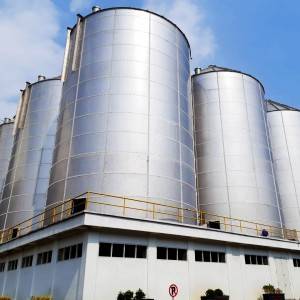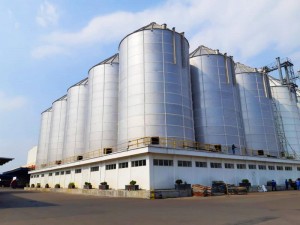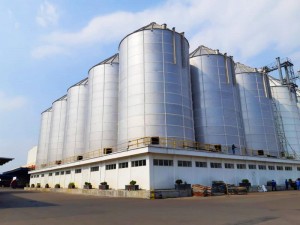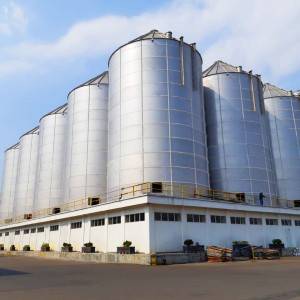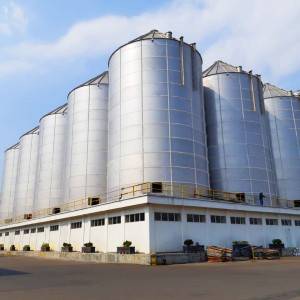NSF 61 approval Stainless Steel Tank for Drinking Water Storage Tank
Introduction
As another storage tank alternative, YHR offers 304 and 316 stainless steel storage tanks in both a bolted and welded tank design. Our stainless steel storage tanks are a great option for numerous applications and are designed to securely hold both very corrosive and non-corrosive liquids in a clean and sanitary manner.
Stainless steel bolted storage tanks are used in industries such as food processing, agriculture and chemical storage as the stainless steel does not react with the tank contents.
We offer stainless steel bolted tanks in a wide range of capacities and configurations to meet the project requirements. In addition to stainless steel liquid storage tanks we can also design stainless steel storage silos. For select applications, we can also provide tanks without coating.
Material
| 304 Stainless Steel | 316 Stainless Steel |
| More versatile and widely used | Superior corrosion resistance |
| Less Expensive then 316 | Better with powerful corrosives, chlorides and salt exposure |
| Better with milder acids & less salt exposure | Expensive |
| Contains more Chromium | Longer Lasting |
| Contains of Molybdenum: a chemical element used for the strengthening and hardening of steel |
Advantages
Eco-friendly: No rust, solvents or painting requirements.
Longevity: The durability of stainless steel is the result of the alloying composition, which makes it naturally resistant to corrosion. No additional systems are required to protect the base metal.
Corrosion Protection: Stainless steel is significantly more resistant to oxidation through contact with water than carbon steel, which means an external or internal coating and cathodic protection is not necessary. This results in a reduced system costs and makes stainless steel a more compatible choice for the environment.
Hygienic Materials: Due to very high passive film stability, stainless steel is essentially inert in potable water. This supports the quality and drinking integrity of the water. Stainless steel is used for high-purity pharmaceutical water, food products and ANSI/NSF drinking water.
Green/Recyclable: More than 50 percent of new stainless steel comes from old re-melted stainless steel scrap, thereby completing the full life-cycle.
Virtually Maintenance Free: Does not require coating and is resistant to a wide range of chemicals.
Temperature: Stainless steel remains ductile at all temperature ranges.
UV Resistance: Stainless steel properties are not impacted by exposure to UV light, which degrades paint and other coatings.



